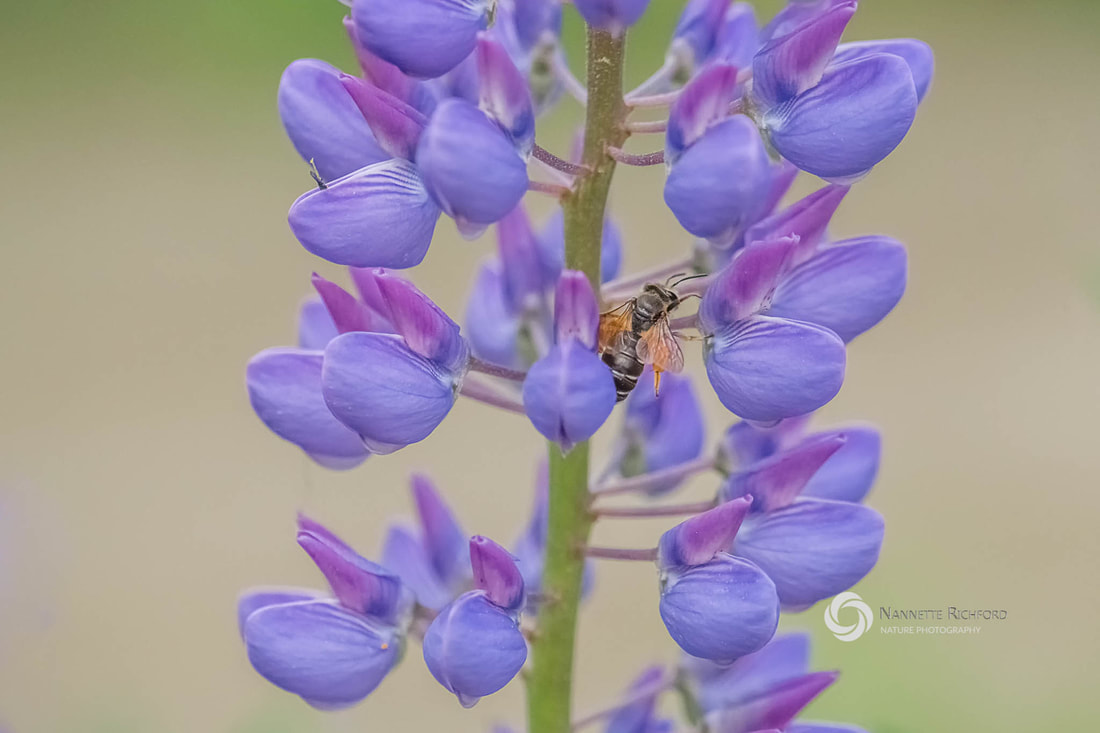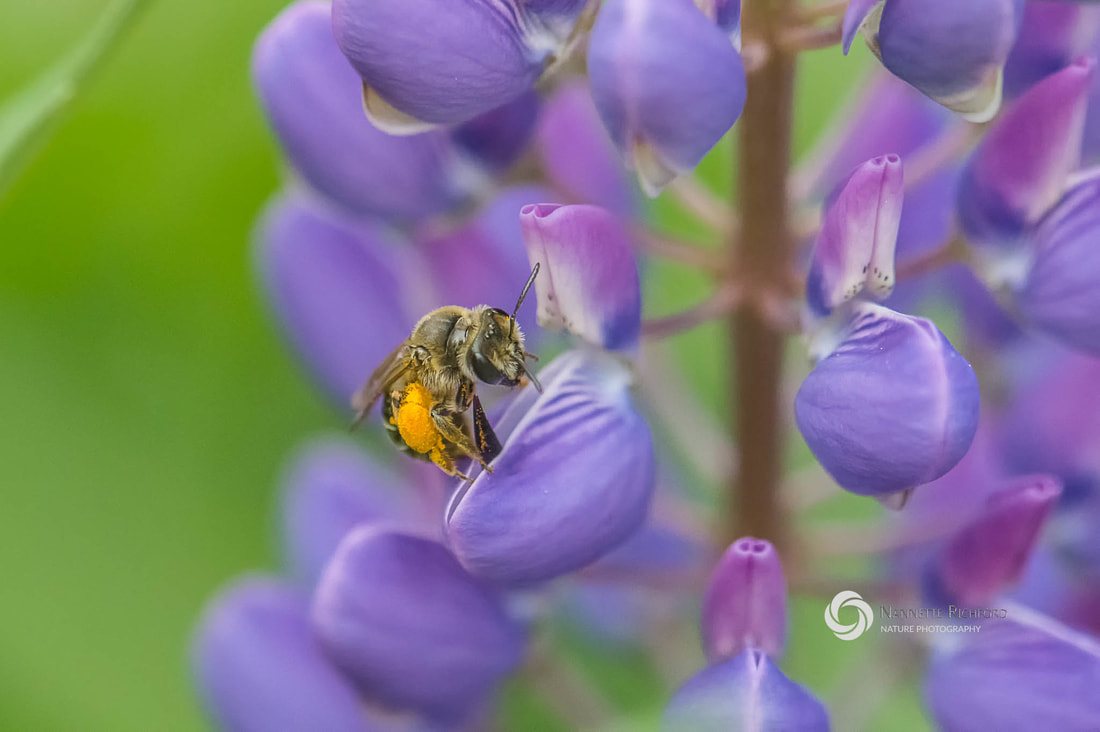- Home
- Garden Thyme Blog
- Themes
- Flowers
-
Veggies
-
Warm Season Vegetables
>
- About Beans >
- About Corn >
- Cucumbers >
- Melons
- Peppers >
- Squash >
-
Tomatoes
>
- How to Harden Off Tomato Plants
- How (and when) to Prune Tomatoes
- Magnesium Sulfate (Epsom Salt) for Tomatoes
- Blossom End Rot in Tomatoes
- Growing Cherry Tomatoes in Hanging Baskets
- 4 Best Tomatoes for Short Seasons - Early Tomatoes
- 5 Early Maturing Tomatoes for Short Season Gardening
- How to Ripen Green Tomatoes
- How to Make Sun-Dried Tomatoes at Home
- How to Grow a Pomato Plant
-
Cool Season Vegetables
>
-
Warm Season Vegetables
>
- Herbs
- Gardening Basics
- Garden Pests
- Birds
- Fiddleheads and Fairies
- About Us
- Contact Us
- How to Marinate Roasted Vegetables
|
Nearly everyone knows that bees are important to gardens, but not everyone knows there are more than 20,000 species of bees worldwide. While most of us recognize a honeybee and a bumblebee, we aren't necessarily skilled at recognizing other bees. I thought this bee was a honeybee until I took a photo from the rear. As it turns out, this bee is probably a cellophane or polyester bee (Colletes spp). It may sound like we are talking about Walmart's patent for a robot drone bee, but I assure you, cellophane or polyester bees are living bees and probably inhabit your backyard. What is a Cellophane or Polyester Bee?Cellophane and polyester bees are about the same size and shape as a honeybee and it is easy to mistake them, especially when you are looking at the head. However, they have dramatic black and yellow or black and white stripes on the abdomen with less hair than the honeybee.
They get their name from the habit of coating their nest and their brood cells with a water-proof substance similar to cellophane or polyester. This protects the nest from the ravages of water and makes it possible to nest in areas that may flood. Cellophane bees build their nests underground, typically in sandy areas with sparse vegetation. While cellophane bees tend to be solitary and nest individually, theirs nest are often part of a large colony. Cellophane bees are beneficial to gardens and wildflowers as they are effective pollinators. They are one of the first bees to arrive in the spring and can bee seen here on wild Lupines. They are also known to pollinate apples and other native plants or trees. According to LookSeek.com, cellophane bees are harmless to humans because their stinger does not penetrate human skin.
1 Comment
|
For more nature photography, check out my photography site.
|
Copyright © 2014 Nannette Richford
- Home
- Garden Thyme Blog
- Themes
- Flowers
-
Veggies
-
Warm Season Vegetables
>
- About Beans >
- About Corn >
- Cucumbers >
- Melons
- Peppers >
- Squash >
-
Tomatoes
>
- How to Harden Off Tomato Plants
- How (and when) to Prune Tomatoes
- Magnesium Sulfate (Epsom Salt) for Tomatoes
- Blossom End Rot in Tomatoes
- Growing Cherry Tomatoes in Hanging Baskets
- 4 Best Tomatoes for Short Seasons - Early Tomatoes
- 5 Early Maturing Tomatoes for Short Season Gardening
- How to Ripen Green Tomatoes
- How to Make Sun-Dried Tomatoes at Home
- How to Grow a Pomato Plant
-
Cool Season Vegetables
>
-
Warm Season Vegetables
>
- Herbs
- Gardening Basics
- Garden Pests
- Birds
- Fiddleheads and Fairies
- About Us
- Contact Us
- How to Marinate Roasted Vegetables

